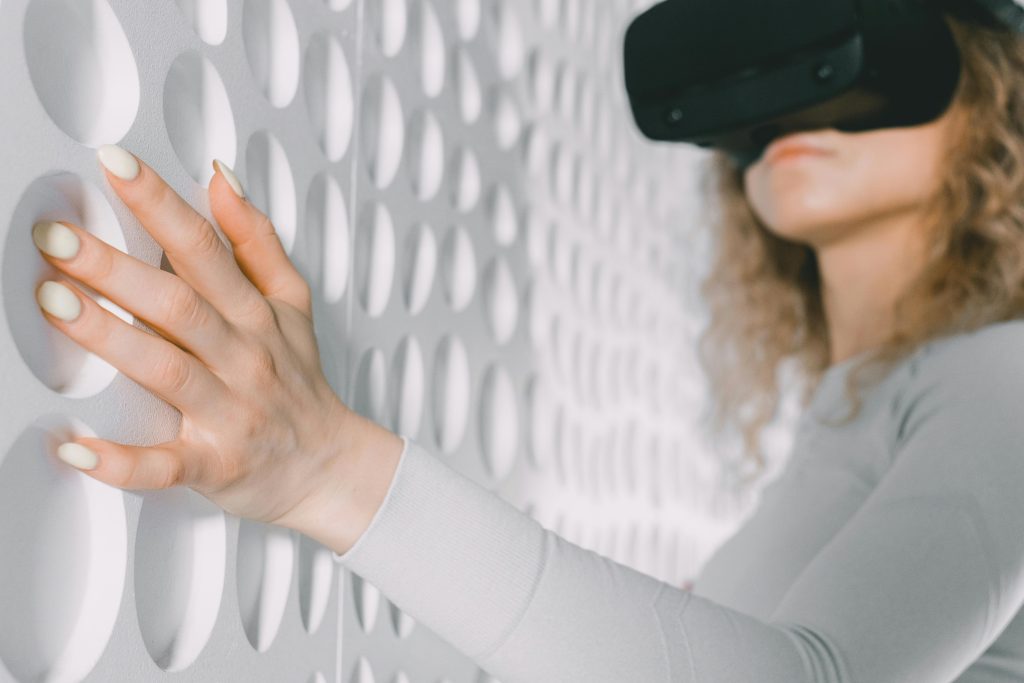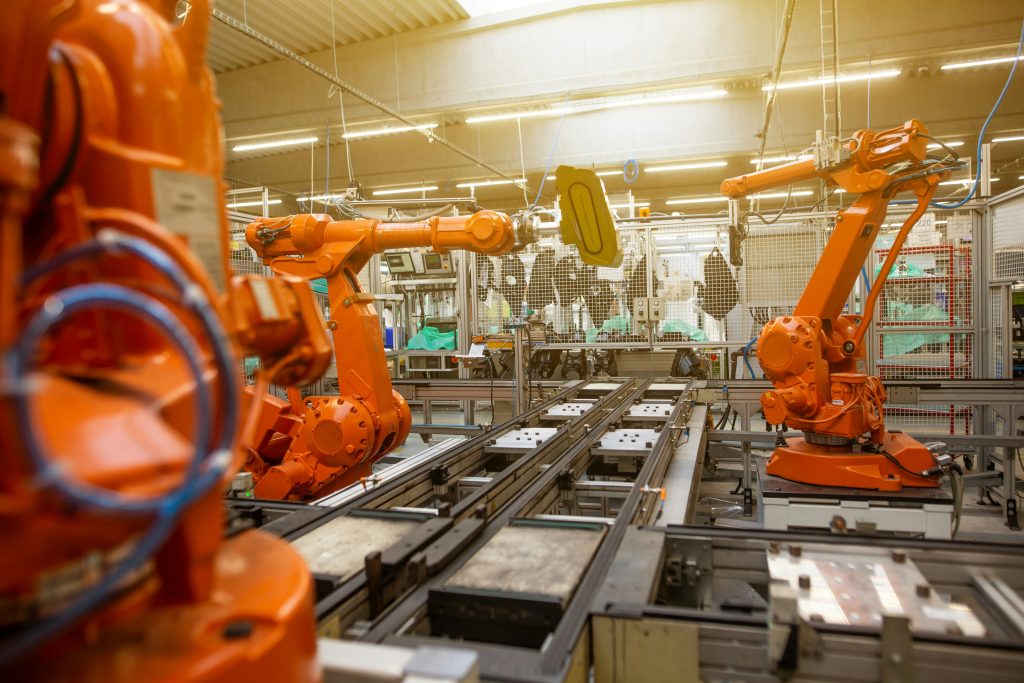Technology has transformed sight and sound—but what about touch? Enter haptic technology, a field that enables users to feel virtual textures, forces, and vibrations through electronic devices. It’s already being used in gaming, VR, healthcare, and remote robotics.
From the vibration in your smartphone to full-body haptic suits in virtual reality, these sensations enhance immersion and create more intuitive, realistic user experiences.
In healthcare, surgeons can practice procedures using haptic-enabled simulators that mimic the resistance of real tissue. In space exploration and hazardous industries, engineers use haptic feedback to control robots remotely with a sense of touch.
Haptics also has applications in education, accessibility (like tactile screens for the visually impaired), and e-commerce—where users could one day “feel” fabrics or textures before buying.
As interfaces become more immersive, haptic tech will redefine how we interact physically with digital environments, making the virtual world feel more real than ever before.



